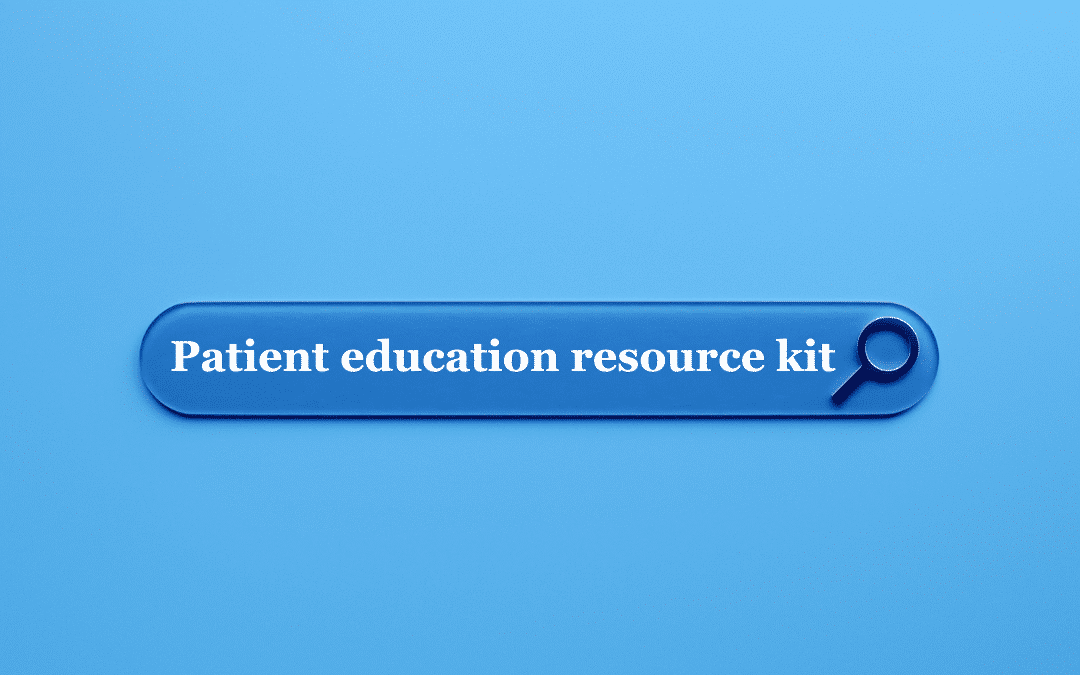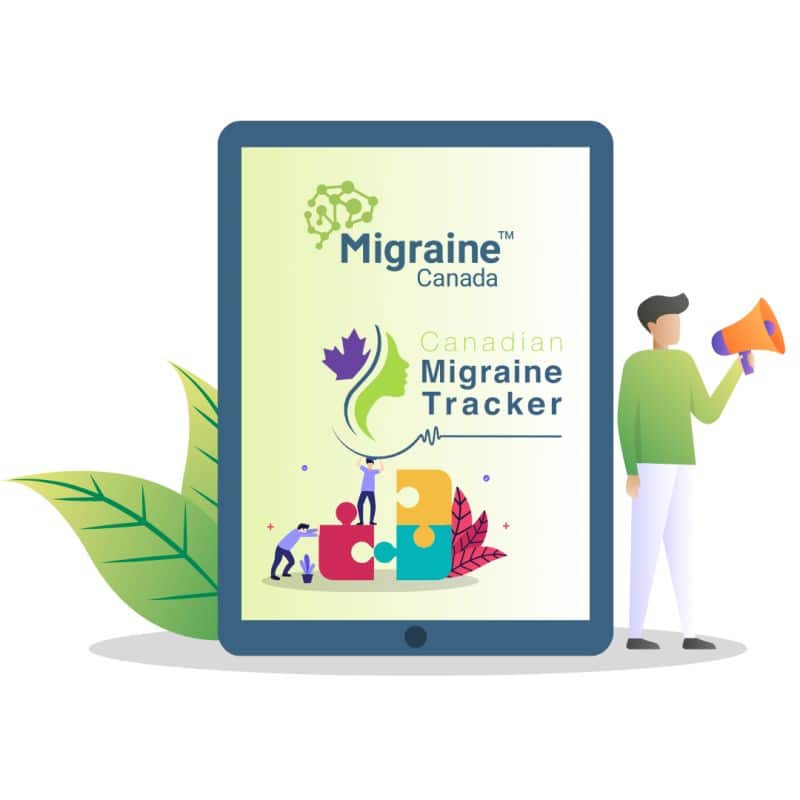Migraine Canada has created a comprehensive digital Patient Education Resource Kit designed to empower both healthcare professionals (HCPs) and patients. This all-in-one guide covers essential topics to help educate patients about their treatment options and the non-pharmacological management of migraine.
The resource kit provides detailed information on both preventive and acute treatment strategies, along with practical lifestyle management recommendations. To make access even easier, Migraine Canada offers a convenient poster version with a QR code, perfect for display in clinics. Patients and HCPs can simply scan the QR code to instantly access the full digital guide!
Explore this valuable resource today and take control of migraine management.
Our Patient Education Resource Kit (PERK) includes:

Preventive Medications to Reduce your Migraine Attacks
Are your migraine attacks becoming more frequent or severe? Is their impact disrupting your daily life? This resource explores the decision to start preventive migraine treatments, focusing on how...
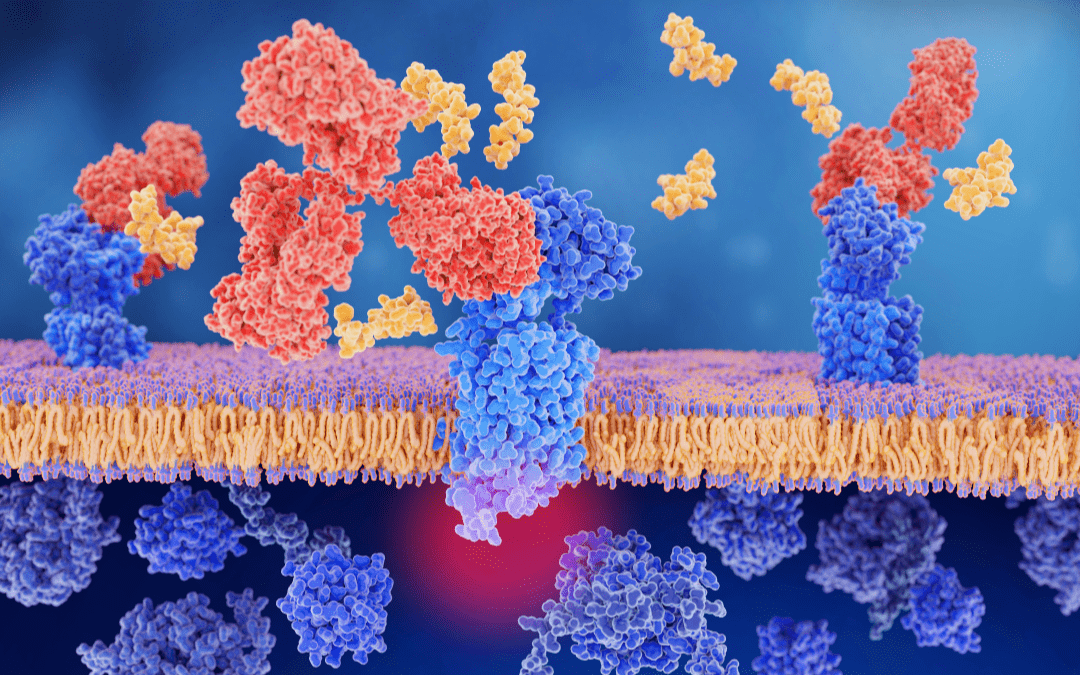
CGRP Monoclonal Antibodies: A Breakthrough Option for Migraine Prevention
Are you exploring your options for migraine prevention? Curious about CGRP monoclonal antibodies? CGRP antibodies are the first preventive medication developed specifically to treat migraine. This...

Gepants for Preventive Treatment: Pills that Block the CGRP Receptor
Are you exploring your options for migraine prevention? Curious about gepants? Gepants are migraine-specific medications designed based on the scientific understanding of CGRP’s role in migraine...
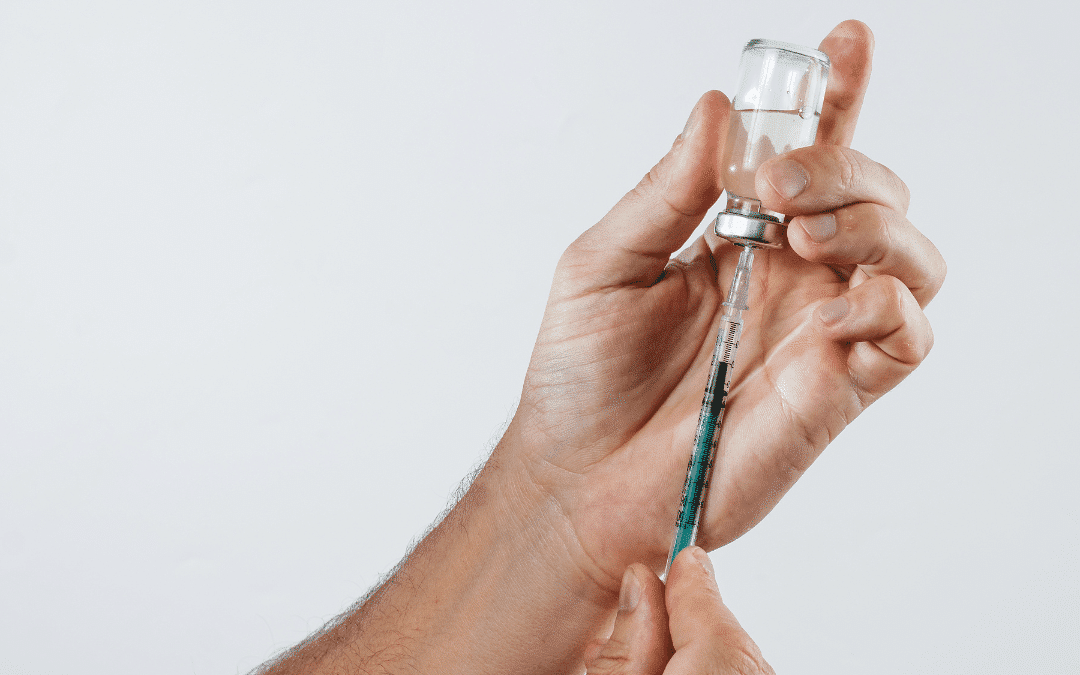
Botox Injections for Chronic Migraine Prevention
Are you exploring your options for migraine prevention? Curious about Botox injections? Botox is the first treatment specifically approved to treat chronic migraine, receiving approval in Canada in...

Acute dosing of Adult Medications for Migraine Treatment
This Adult Acute Dosing Guide is your comprehensive resource for navigating the wide range of acute treatment options available in Canada. It provides clear guidelines on how to use acute...

How to Use Acute Medications for Migraine Relief
Are you exploring your options to treat your migraine attacks? Have you tried some medications with no success? In this resource you’ll discover the various drug classes available and key principles...

Gepants for Acute Migraine Treatment
Are you exploring your options for acute migraine treatment? Curious about gepants? Gepants are migraine-specific medications designed based on the scientific understanding of CGRP’s role in...
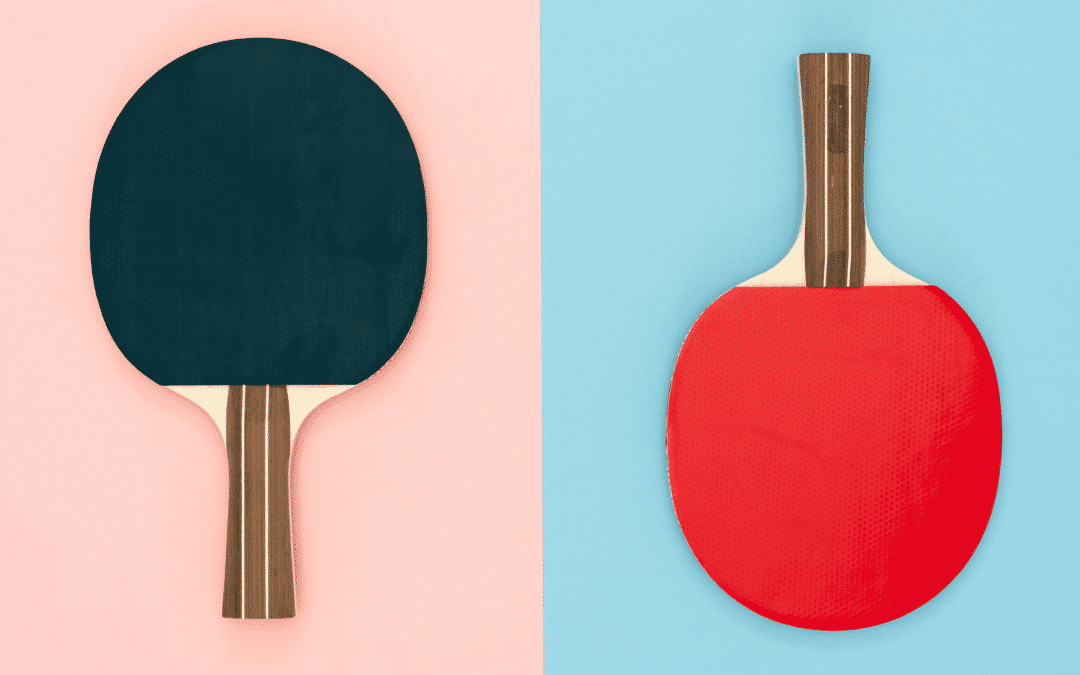
The Ping Pong Theory of Migraine
Are you curious about how the migraine brain interacts with the environment and body, and how triggers can also be symptoms? Are "migraine symptoms" a cause or a consequence of your migraine? This...

How to Use a Headache Diary (PDF Download)
There’s no test to monitor migraine, but a headache diary makes them visible. Migraine Canada offers both an app and printable templates for tracking. This resource guides you on what to...

Medication Overuse Headache: Break the Cycle
More pills can lead to more headaches. Are you concerned about medication overuse? This resource explains the risks of taking too many acute medications, helps you identify if you're in the safe...

How Food and Nutrition Can Impact Migraine
Curious about how food can impact your migraine? Food is often the first line of defense against migraine, but it’s important to remember there's no one-size-fits-all approach to diet. This...
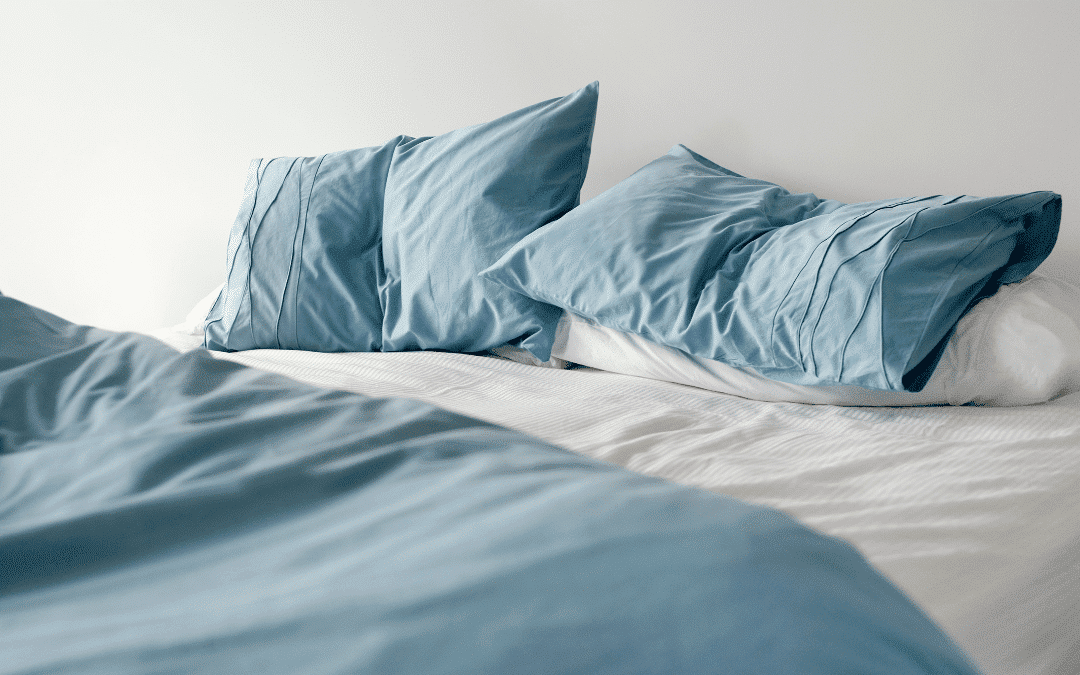
Sleep and migraine: Improve your sleep without medication
Sleep and migraine often feed off each other—poor sleep can trigger a migraine, and a migraine attack can disrupt your rest. Enhancing your sleep quality is a crucial step toward managing your...

Relaxation techniques to improve migraine symptoms
Managing migraine often starts with lowering stress, but that's easier said than done when you're battling the pain and aftermath of an attack. This resource introduces effective relaxation...
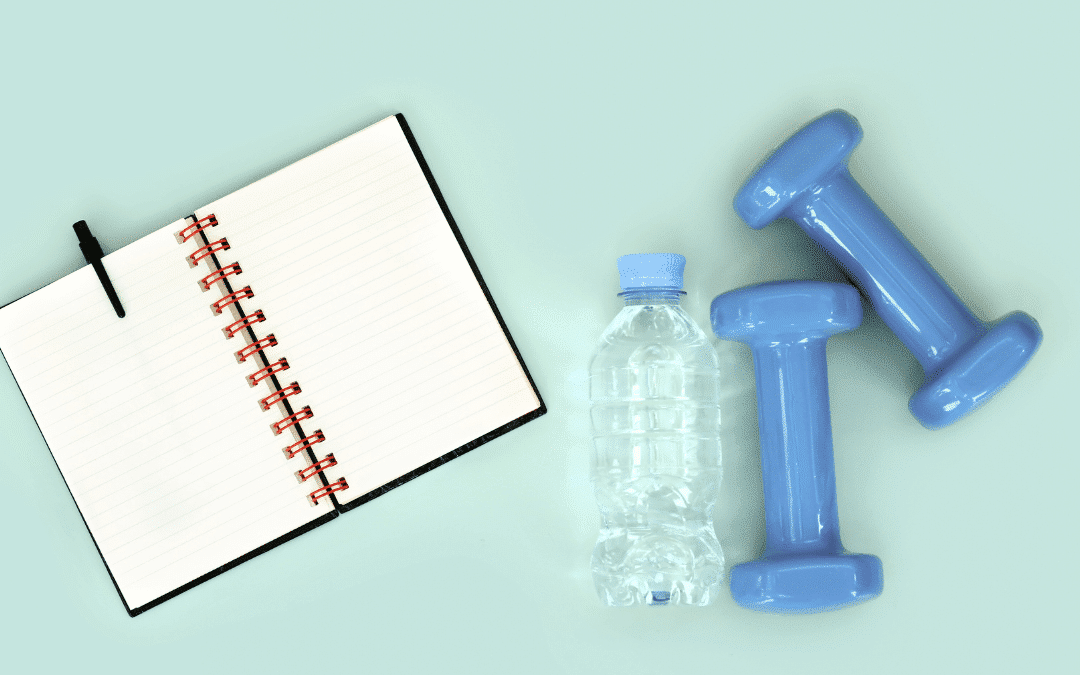
How to stay active and avoid triggering migraine attacks
Research shows that regular movement and exercise benefits everyone and can improve migraine symptoms. However, many people with migraine find it challenging to stay active. This resource offers...
You can download the PERK poster HERE.
You can view the full PERK PDF below or download it HERE.
Cliquez ICI pour la version en française de cette ressource.

